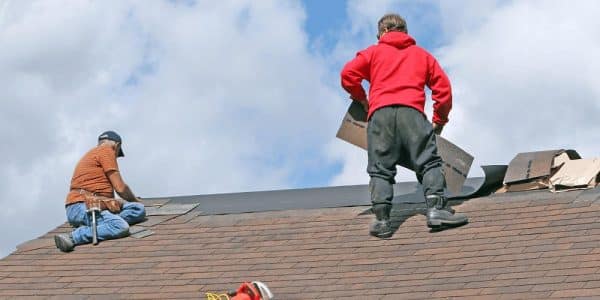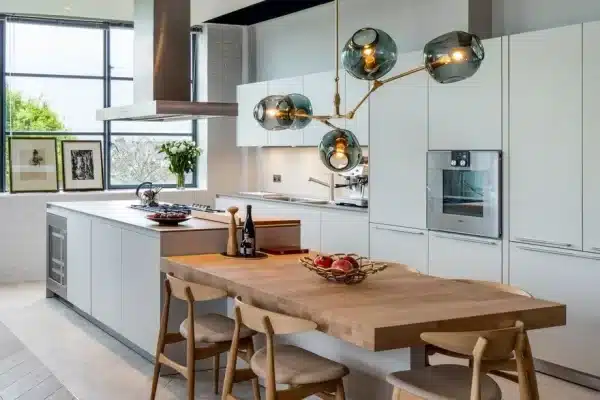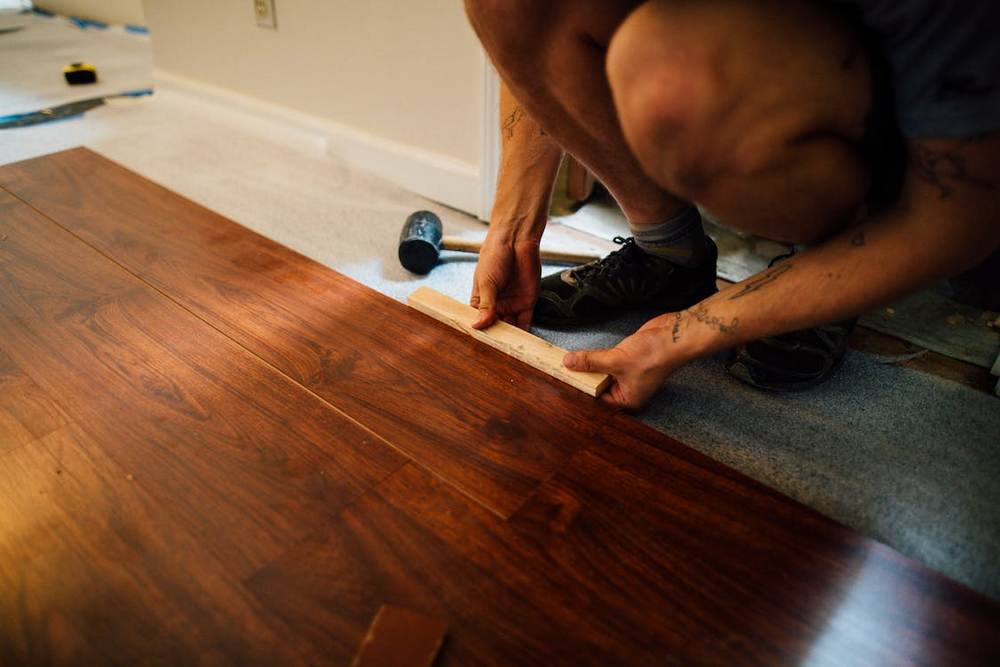
Installing laminate flooring can transform your space, adding style and value. But it requires a blend of careful planning, patience, and attention to detail. If these elements miss the mark, you might end up with unsatisfactory results that waste your time and money.
Understanding common installation errors can make all the difference. Here, we’ll delve into the top five mistakes made when installing laminate flooring and how to avoid them. By knowing these, you can skillfully avoid them, ensuring your laminate flooring looks stunning, just as you envisioned!
5 Common Errors When Laying Laminate Flooring
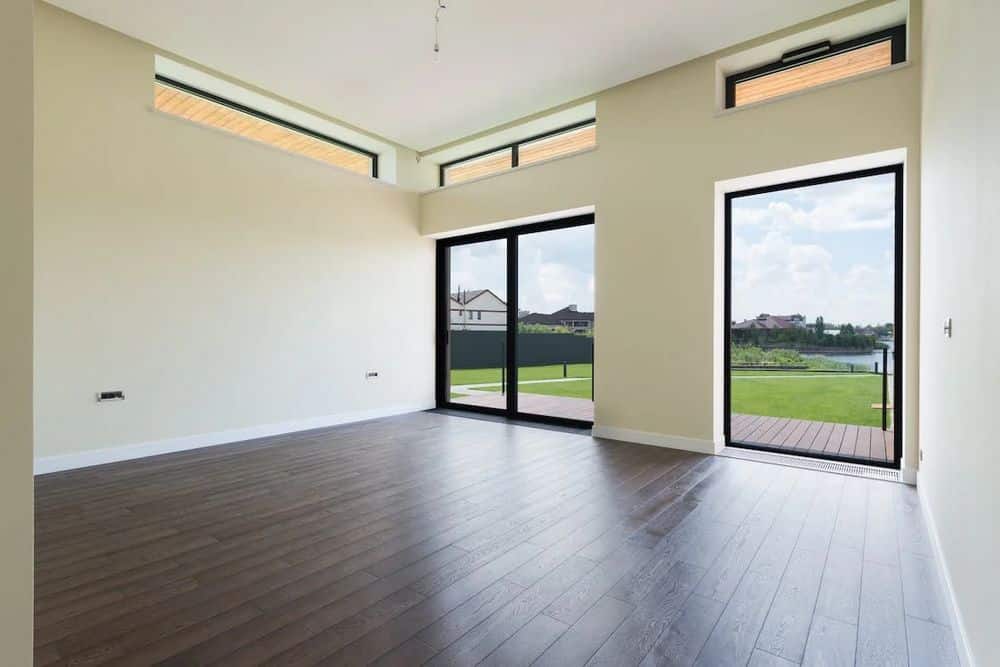
Insufficient Subfloor Preparation
The subfloor plays a crucial role in laminate flooring installation. It’s the foundation that supports your laminate, so it must be solid, smooth, and dry. One major mistake made is neglecting to sufficiently prepare the subfloor. Failing to remove old adhesives, not smoothing out bumps or dips, or ignoring moisture issues can lead to an unstable floor, causing warping or gapping of the laminate over time.
Ensure your subfloor is clean, dry, and level before installation. Using a long straightedge and a level, check for variations. If you find high spots, sand them down; for low spots, use a self-leveling compound. Consider conducting a moisture test, especially if installing over concrete, to prevent potential moisture-related problems down the line.
Incorrect Acclimation of Laminate Planks
Like other wood products, laminate planks respond to changes in temperature and humidity. Skipping the acclimation process is a typical misstep that leads to warping and gapping. Laminate planks need to adjust to the room’s specific conditions where they’ll be installed.
To correctly acclimate your laminate, place the unopened packages in the room for at least 48 hours before installation. This will help the planks adjust to the room’s temperature and humidity, minimizing the risk of post-installation issues.
Poor Expansion Gap Planning
Another common error is not allowing for the expansion gap around the perimeter of the room. All laminate floors expand and contract with changes in temperature and humidity. If you don’t leave enough space, the planks could buckle under pressure.
The golden rule is to leave an expansion gap between the laminate flooring and the wall around the entire room. Most manufacturers recommend a gap of 1/8 inch to 3/8 inch. If you’re unsure what 1/8 inch to mm is, it’s approximately 3.175 millimeters. Don’t forget to use spacers during installation to maintain this gap consistently.
When installing the underlayment, make sure it extends slightly beyond the edges of the room. This helps cushion the laminate planks and also provides a moisture barrier, which is especially important in rooms like the kitchen or bathroom where water spills are common.
Incorrect Installation Technique
There’s a technique for installing laminate flooring, and getting it wrong can lead to problems like gaps, peaks, or even damaged planks. One typical mistake is not ensuring the planks are securely locked into place.
Before you begin, familiarize yourself with the installation instructions for your specific flooring product. It’s also helpful to practice locking the planks together before you start. Take your time and ensure each plank is securely locked into its neighboring plank. Remember, rushing might save you time now, but it could cost you later.
Insider Tips for a Flawless Laminate Flooring Installation
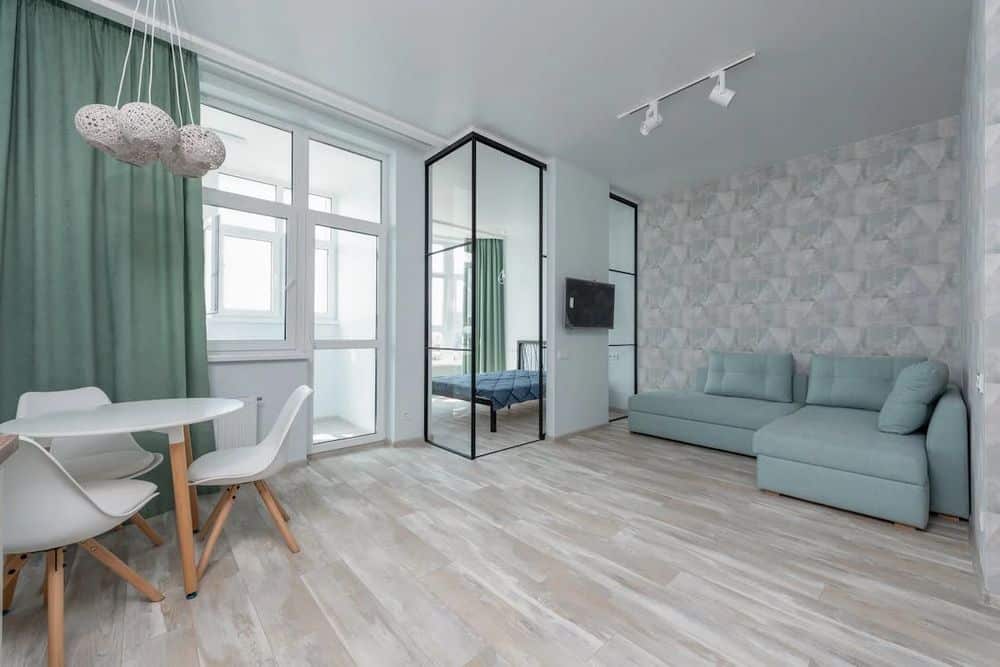
Ready to embark on your laminate flooring installation journey? Let’s pack some expert tips in your DIY toolkit to ensure a seamless and rewarding experience.
The Power of Planning
Map out your strategy in advance. Decide the direction of the planks; typically, they look best when they run parallel to the longest wall or light source in the room. Measure the room carefully and draw a scaled plan, factoring in the expansion gaps. This blueprint will act as your trusty guide, helping you avoid nasty surprises and giving you a clear vision of your project.
Be a Number Ninja
When buying your laminate flooring, add 10% to the total square footage for wastage due to cuts. This way, you will not run out of materials midway or end up with flooring from a different production batch, which could lead to slight color inconsistencies.
Tools of the Trade
Equip yourself with the right tools – a tapping block, pull bar, utility knife, hammer, and spacers. These are your trusted allies in ensuring a perfect fit and finish. Remember, using a saw to cut the planks instead of a utility knife can result in rough edges and potential chipping.
Embrace Patience
Don’t rush the process. Be patient with each plank, ensuring a secure lock before moving to the next. It’s not just about getting the job done; it’s about doing it right.
Final Touches
Once the installation is complete, remove the spacers and install baseboards or quarter-round molding. They not only cover the expansion gap but also add an aesthetic touch to your room.
Installing laminate flooring doesn’t have to feel like solving a jigsaw puzzle.
With these insider tips in hand, you’re set to master the art of laminate flooring installation, creating a space that exudes warmth and elegance.
Conclusion
Installing laminate flooring is an exciting DIY project that can greatly enhance your home’s aesthetic and increase its value. But hey, what’s a DIY without a few hurdles, right? By steering clear of the top five common mistakes, you ensure a smoother, more rewarding installation experience.
Remember, it all begins with a solid, clean, and dry subfloor. Let your laminate planks acclimate, soaking in the vibe of your room. Always leave room for your flooring to breathe (yes, we’re talking about expansion gaps). Get your hands on the right tools and master the art of plank installation. Be patient; good things take time!
Your laminate flooring is more than just an upgrade; it’s a reflection of your style, a slice of your personality. So, roll up your sleeves and put on your DIY hat. With each plank you lay, you’re not just building a floor, but creating a space that tells your unique story.


